INFOS & SERVICE
OUR OTHER WEBSITES
Arrive in Chengdu
Home town of panda, Kuanzhai Xiangzi, drink tea in People’s Park
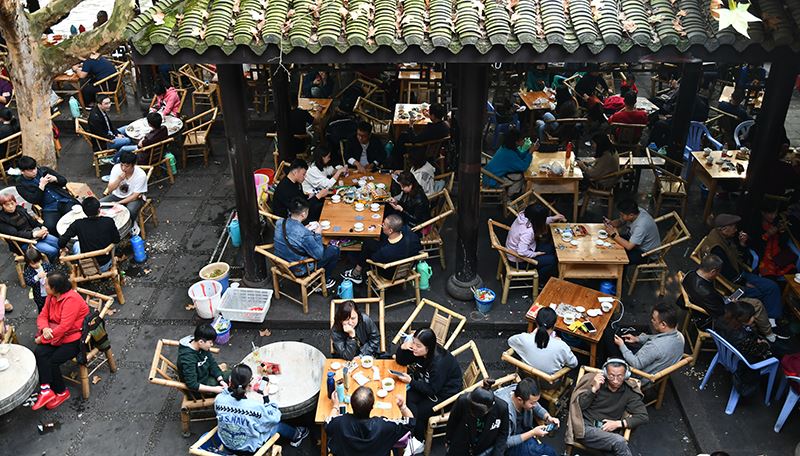
Chengdu - Leshan - Mount Emei
Visit Grand Buddha in Lingyun Temple, and boat on the Minjiang River. Visit nunnery Fuhu Si
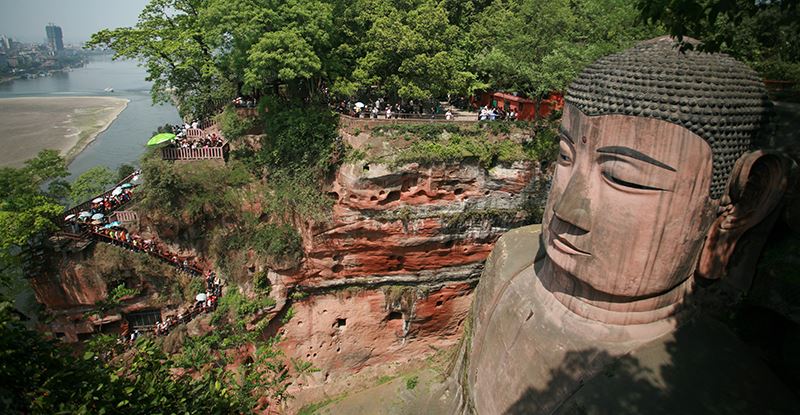
Mount Emei
Golden Summit of Mt. Emei, Wannian Temple
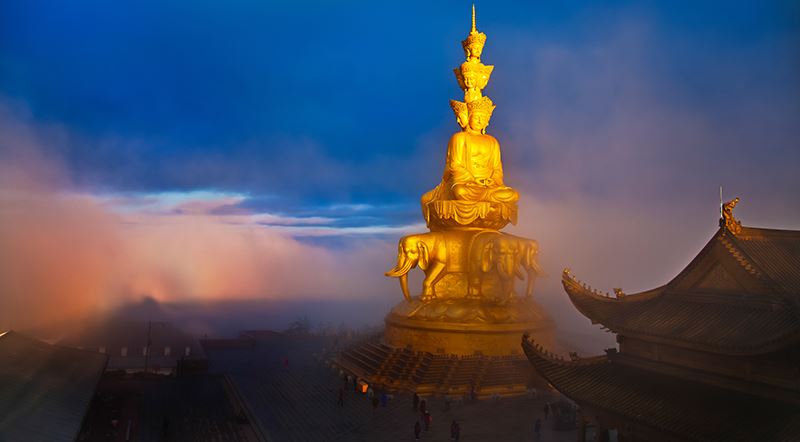
Mount Emei - Dujiangyan
Daoming Bamboo Craft Village, Sightseeing at Dujiangyan
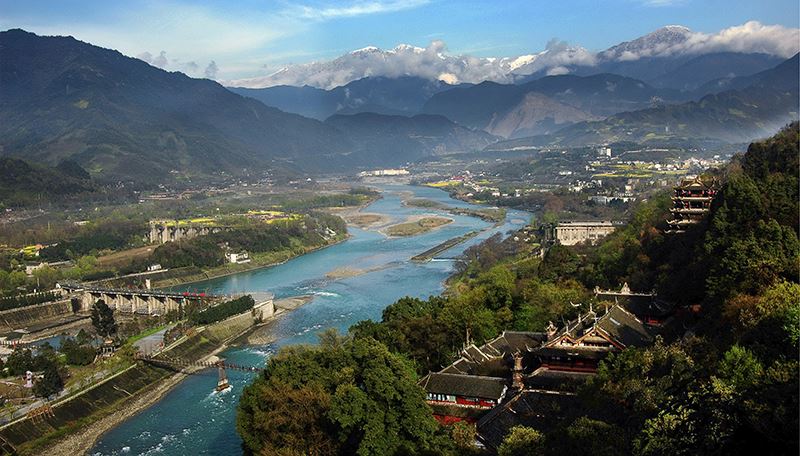
Dujiangyan - Wolong - Taoping - Maoxian
Shenshuping Panda Base in Wolong Natural Reserve, Taoping Village of Qiang Minority
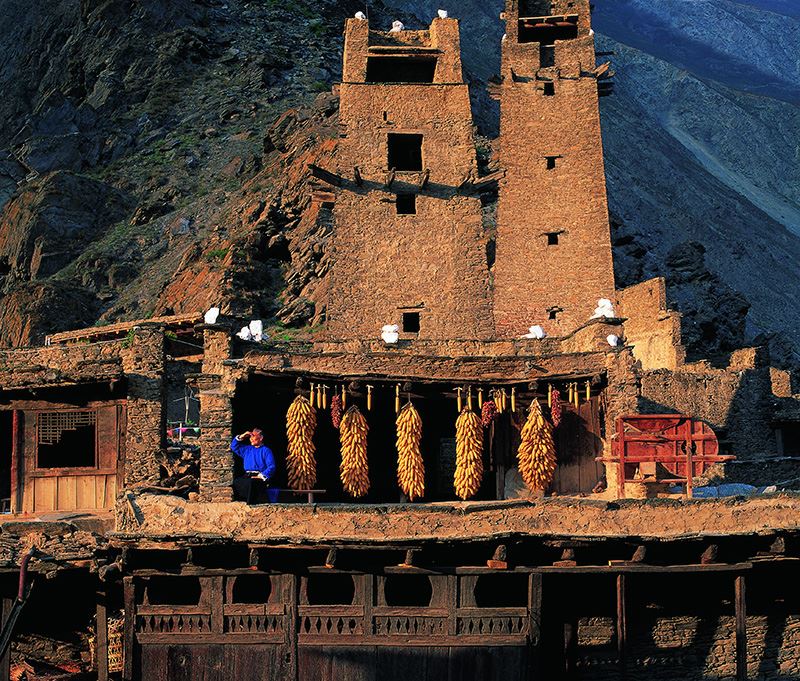
Maoxian - Songpan - Huanglong - Jiuzhaigou
Songpan Ancient Town, Huanglong National Park
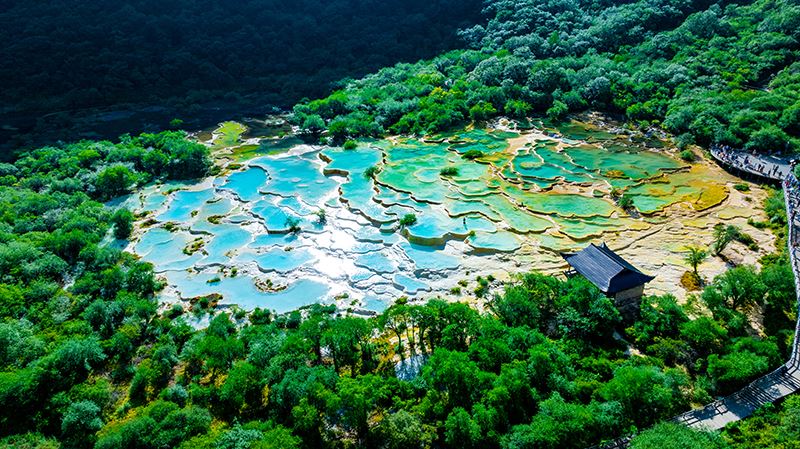
Jiuzhaigou
Sightseeing and Walking in Jiuzhaigou Nature Park
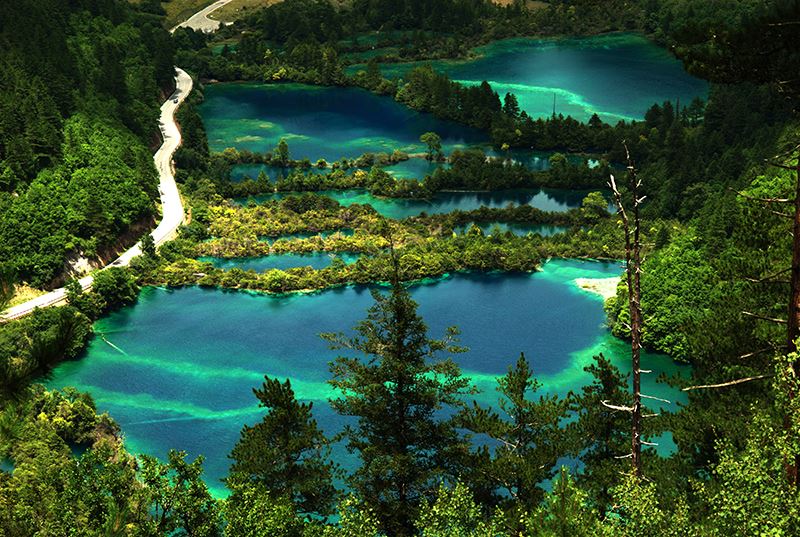
Jiuzhaigou - Songpan - Chengdu
Visit Sanxingdui Museum in Guanghan
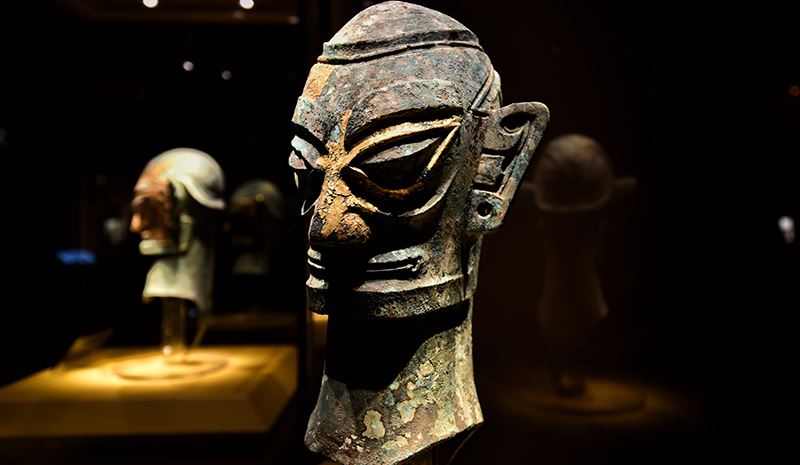
Flight Chengdu – Lhasa
Welcome to Lhasa - the roof of the world. Visit nunnery Ani Sangkhung
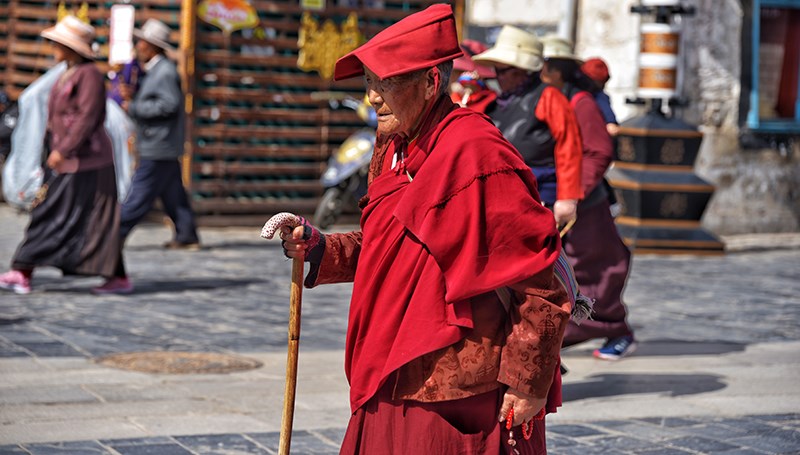
Lhasa
Potala Palace – landmark of Lhasa, Jokhang and Barkhor Street
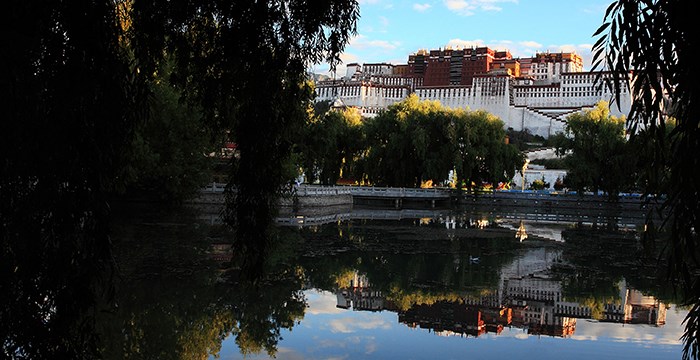
Lhasa
Panoramic view over Potala, Norbulingka, Debate in Sera
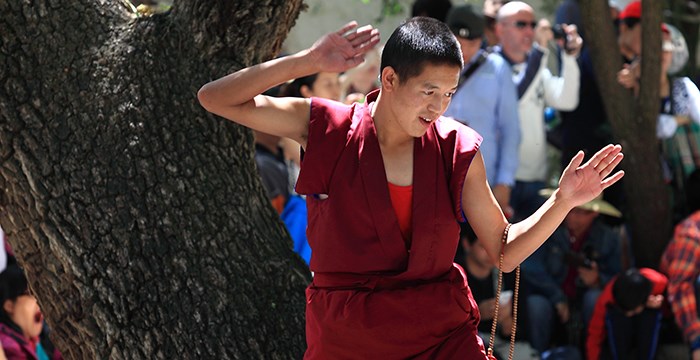
Lhasa – Gyantse – Shigatse
Karo La Pass and Glacier, holy lake Yamdrok, Palkhor with Pagoda Kumbum
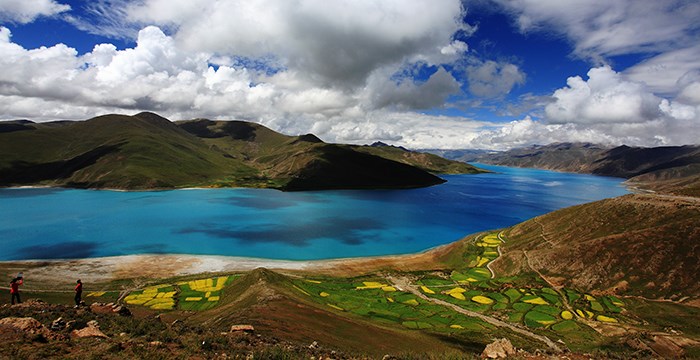
Shigatse – Lhasa
Tashilunpo Monastery in Shigatse, traditional manufactory for Tibetan incense sticks
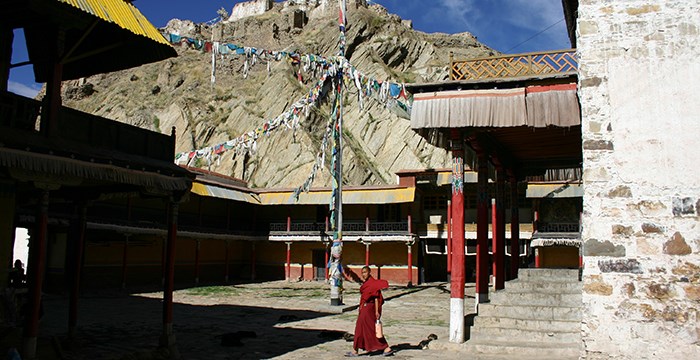
Leave Tibet
Travel to next destination
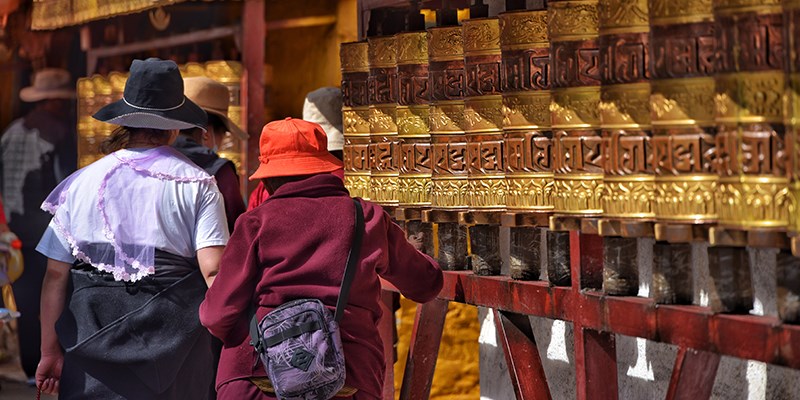
Private travel, great experiences! Please contact us for your tailor-made travel offer.
With individual China Tibet travel, you can decide when, where and how you go on tour by yourself. What's more, you can choose the length of travel and whom you go with.